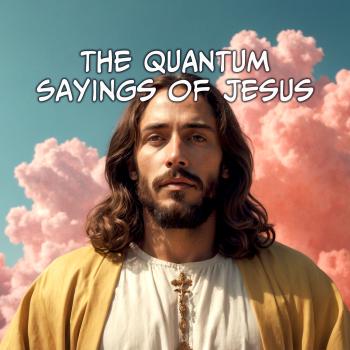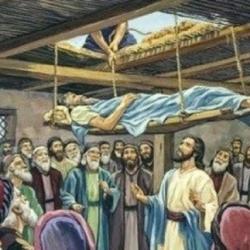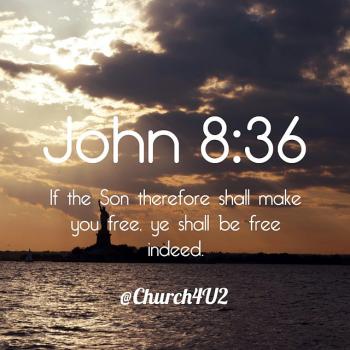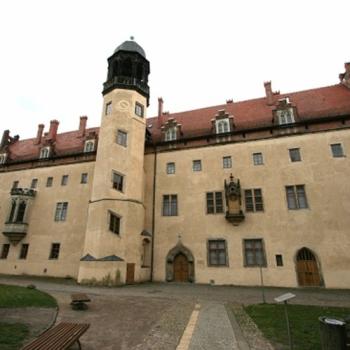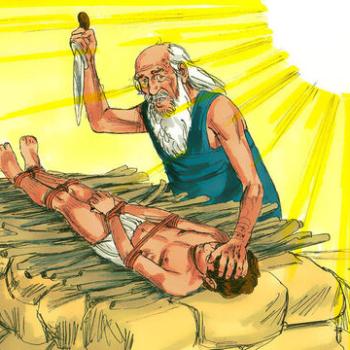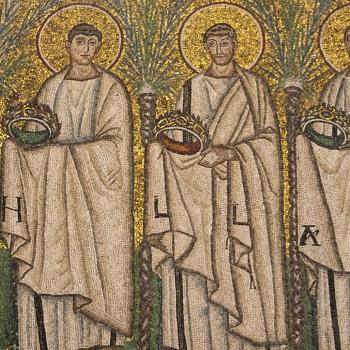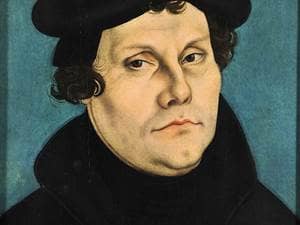
The term "protestant" means literally "to protest" or one who is a "protester." Historically speaking, the term was "originally used [in reference to six] German princes...who declared their dissent from ("protested") the decision of the Diet of Speyer (1529), which reversed the liberal terms allowed Lutherans in 1526." Thus, these six men were the first to be given the title "protestants." Today, the term is often liberally applied to any Christian denomination that is not Roman Catholic.
A Broad and Unclear Title
To be fair, not all agree as to which denominations are formally protestant. Certainly, Baptists, Lutherans, Methodists, Calvinists, Pentecostals, Evangelicals, and non-denominational Christians would universally be accepted as protestant denominations. However, what of the Church of England (or Anglican tradition)? What of the Eastern Orthodox tradition? Some say that all denominations except the Roman Catholic, Eastern Orthodox, and Anglican traditions are protestant. Others say that any denomination other than the Catholic and Orthodox traditions are protestant, which would make Anglicanism protestant—owing to the fact that Henry VIII was clearly "protesting" practices or policies of the Catholic Church.
The most widely held view is that the Roman Catholic and Eastern Orthodox traditions are the only two non-protestant denominations. Every other tradition of Christianity is seen as a break-off branch of Catholicism or a break-off of a break-off. However, that assessment may be a bit naïve. For example, why is the Eastern Orthodox Church not seen as a protestant? Did it not break off of the Catholic Church? Technically, both the Eastern Orthodox and Roman Catholic traditions trace their respective faiths all the way back to the Church of the New Testament. By the Council of Nicaea (AD 325), the Eastern and Western sides of the Church already had significant doctrinal and even liturgical disagreements with each other. During the "Great Schism" (AD 1054), the two faiths technically excommunicated each other—resulting in two major branches of the Church. However, since both traditions developed in antiquity and neither formally broke off of the other, neither the Catholic nor Orthodox traditions are seen as protestant—even though some measure of "protest" by both sides caused their 11th-century split. (Among other things, the Western side was "protesting" the fact that the Eastern side was not accepting papal authority over them, and the Eastern side was "protesting" the overreach of the Bishop of Rome, who sought to exercise what he perceived as "his authority" over other bishops and jurisdictions within the greater Christian Church.)
Eastern-Rite Catholic Churches
There are some twenty-three "astern-Rite" or "Oriental" Catholic Churches. These are autonomous or self-governing independent denominations of the Catholic Church, which are not formally part of the Roman Catholic tradition, but which are in full communion with the pope and the Latin-Rite Catholic Church. While they differ in their liturgical forms (having five different liturgical traditions, each distinct from Rome's), and even in some of their doctrines (such as accepting married parish priests), nevertheless, they accept each other and the Roman Catholic Church—all twenty-four denominations being part of the Catholic tradition (though only one of the twenty-four being considered Roman Catholic).
Formally speaking, the existence of these twenty-three "Eastern-Rite" Catholic denominations came out of "protest"—mostly over issues with the Eastern Orthodox Church. The history of their existence (and their separation from Eastern Orthodoxy) is long and complicated but largely starts with decisions made at the Council of Ephesus (AD 431)—an ecumenical council which the Eastern Orthodox Church rejected but which the Oriental or Eastern-rite traditions embraced. Generally speaking, most of the twenty-three Eastern-rite traditions are break-off denominations from Orthodoxy, who have now aligned themselves with the Roman Church. Nonetheless, they are not considered protestants, largely because (in the view of many) they have "rejoined" Catholicism rather than severing themselves from it.
Restoration or Primitivism Traditions
There are a number of "restoration movements" within the family of Christian traditions. These denominations, sometimes called "Christian primitivism," hold that Christianity has somehow fallen into "apostasy" and needs to be restored. They seek the more ancient version of the Christian Church—sometimes called "apostolic Christianity"
A number of these traditions grew out of the Second Great Awakening of the late-18th-early 19th centuries. They include denominations like the Stone-Campbell movement, the Christadelphians, The Church of Jesus Christ of Latter-day Saints (or "Mormons"), the various Adventist denominations, and Jehovah's Witnesses, to name a few. Each of these traditions is customarily considered protestant by that outside of the respective faiths. However, these various restoration denominations of Christianity often argue that they are not"protestant" because they did not break off of an already extant denomination of Christianity. Rather, each is seeking to "restore" the "primitive" Christian Church, which they each believe to have become corrupted over the centuries after the death of the New Testament apostles. Thus, though traditionally lumped alongside other protestant denominations, these restoration denominations should be seen as a unique brand of Christianity, which do not fall conveniently into one of the usual three-branch classifications of Catholic, Eastern Orthodox, or Protestant. To that list, the primitivists would add, "Restoration."
Post-Modern "Protestant"
In the end, to be "protestant" is to be part of a movement that "protests" something. Historically, many of the branches of Protestantism were protesting corruption among the clergy, over-reach by power-hungry pontiffs, non-scriptural liturgical developments, emphasis on a works-based soteriology, scripture reserved only for the clergy, and a number of other doctrinal, ecclesiastical, and soteriological issues.
Today, however, there is a new form of "Protestantism," which "protests"https://www.patheos.com/blogs/thedesertsanctuary/2021/12/the-natural-death-of-organized-religion/, any form of authority, commandments which curtail behavior or require obedience and dictated morality of any kind. National Geographic suggested that the world's newest "major religion" is actually "No Religion" at all. Thus, the "protests" which started with John Wycliffe (AD 1330-1384) continue today. However, those of the present are not "reforming" the Church but mostly leaving it.
3/10/2023 4:35:57 PM


